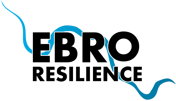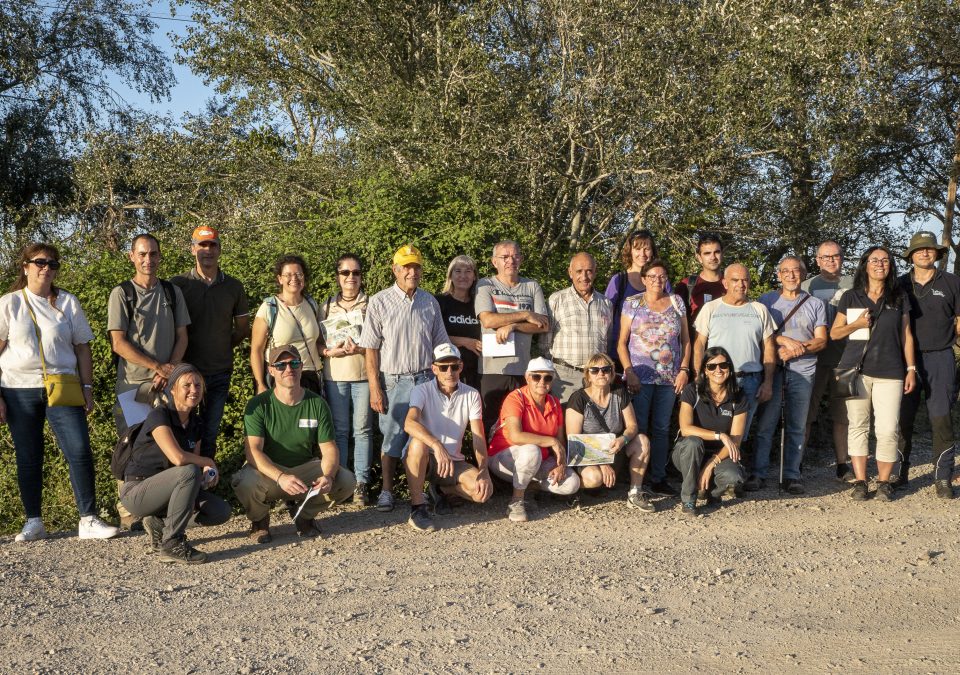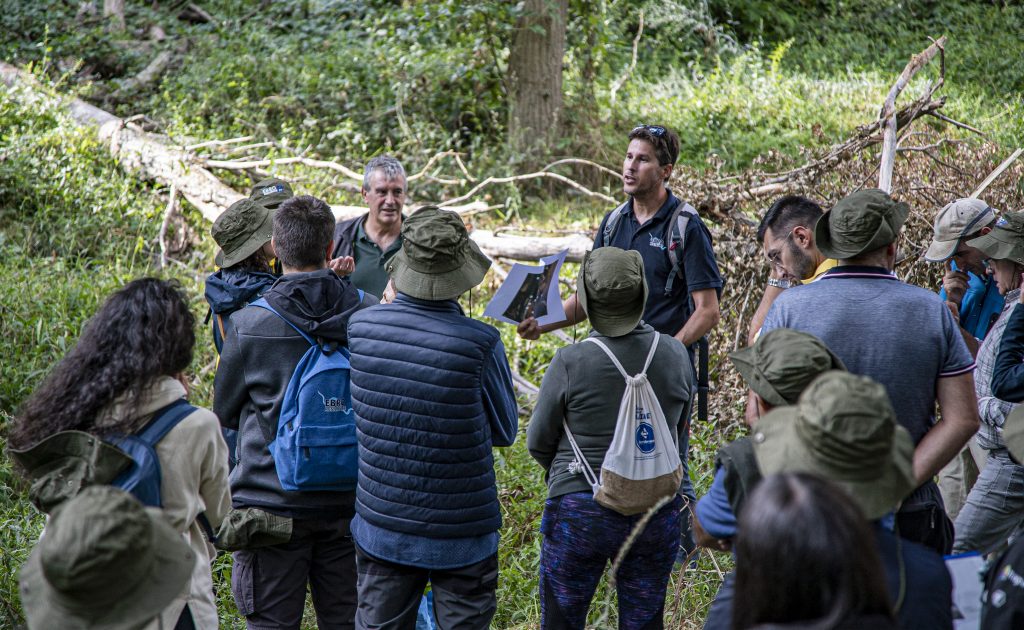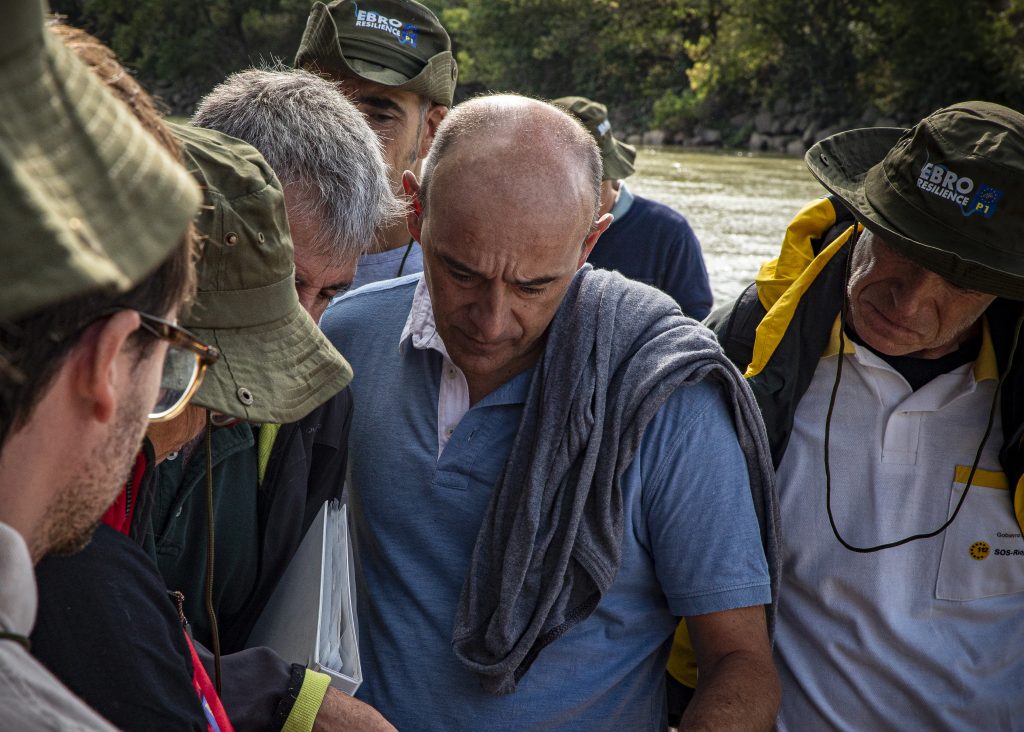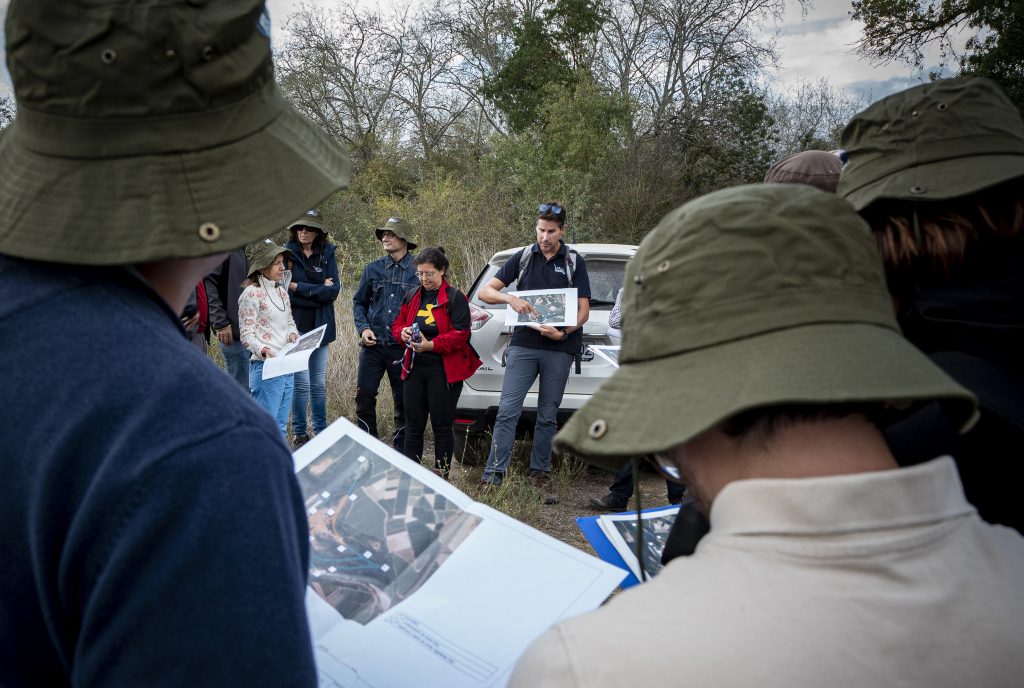A look at our 2023. To present proposals on recreational use in a protected area, to learn more about how the river works in channeled areas, to experience in the field actions to reduce flood risk, among others. This, and above all, to be in contact with the local population, are the objectives of the open days and sessions organized within the scope of the LIFE Ebro Resilience P1 Project.
The Project has stable participation groups, the so-called co-creation groups and small thematic forums, such as the one on conflict transformation, which were formed at the beginning of the Project and in which those who wanted to become more intensely involved, learn about new proposals and establish stable channels of communication and exchange with the partners and participating Administrations collaborate.
Ebro Resilience also includes specific actions with sectors of the population such as education, informants, professionals, the primary sector, etc.
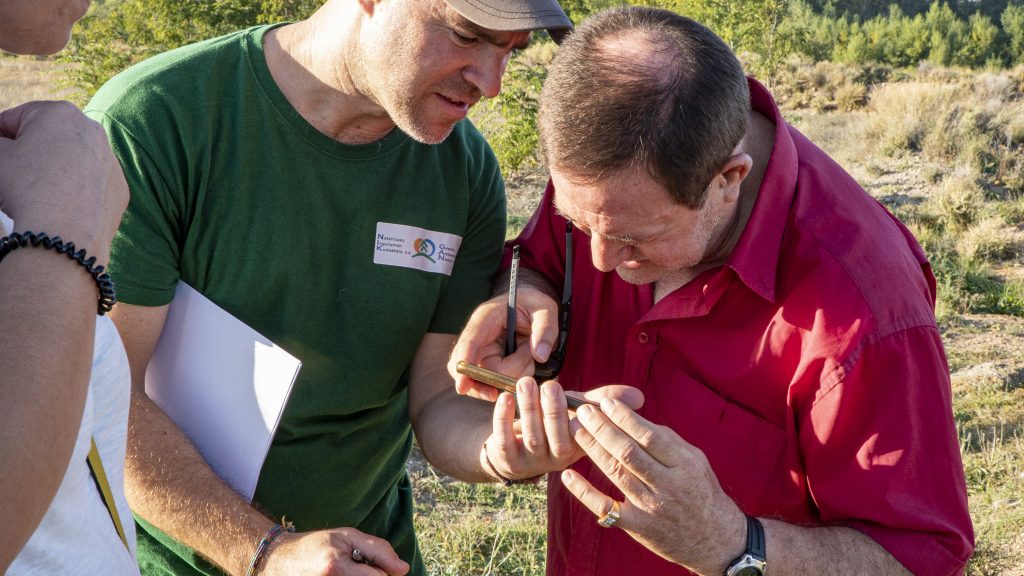
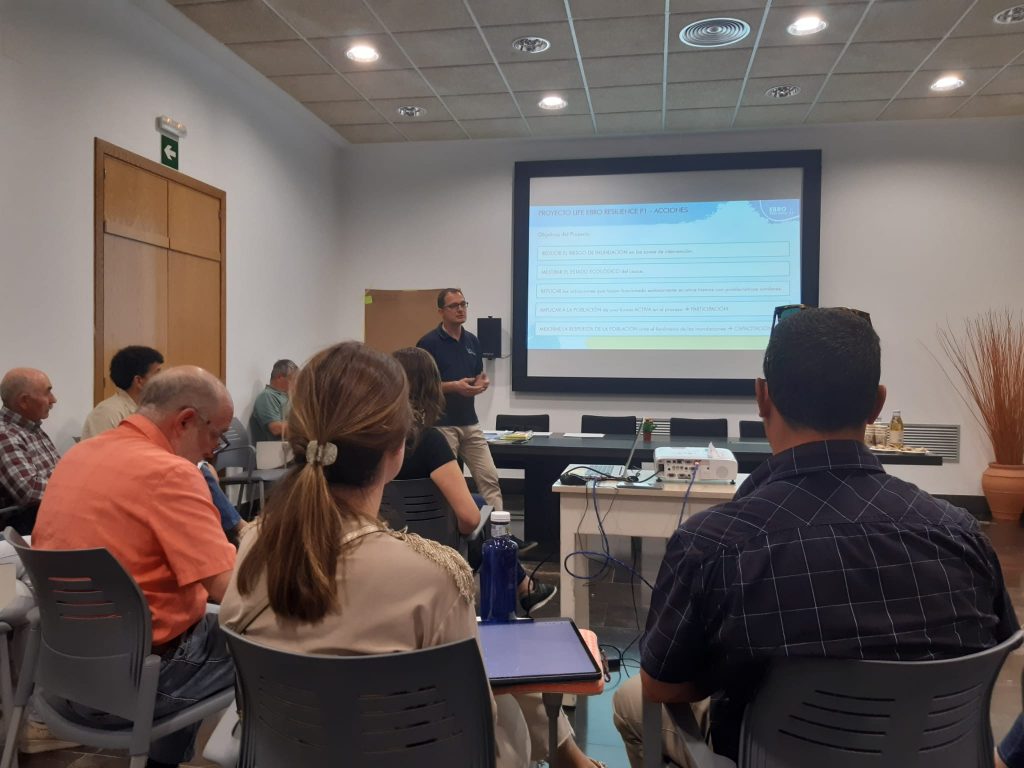
But along with these more stable formulas, the LIFE team is committed to continue expanding the audience and their involvement with the performances. For the LIFE Program, public participation and also the work to increase its adaptive capacity and resilience to floods is a priority objective.
This line includes three examples of activities that have been developed in 2023. In spring, the project invited the population of the surrounding areas of Alfaro (La Rioja), Castejón, Valtierra, Cadreita (Navarra), etc. to the public forum organized to discuss the future recreational uses of the surroundings of the Alfareño meander of La Roza. In addition, in this session, general and specific proposals were collected for a plot of land that was freed and available after the expropriation process and where the ideas provided are already being evaluated. This activity took place at the Centro de Interpretación de los Sotos de Alfaro.
During the summer, the participants of the different stable participation groups and other interested parties were able to walk with the LIFE team through the meander of the Soto de Alfaro or Soto del Tamarigal. In the field and in a fruitful informative day, the ways of intervention in protected areas such as this one were explained, betting on the reconnection of the river with the riparian groves, through the application of the curage technique. This will restore the ecosystem and also reduce the impact of flooding on the environment.
Finally, in autumn, in September and October, two complementary actions have been developed to disseminate, explain and publicize the project of morphological adaptation and restoration of the meander of El Señorío, in Castejón, Navarra.
First, an informative session was held at the local museum, with a very high participation. This session allowed the population to learn about the technical aspects of the project and to resolve any doubts about it.
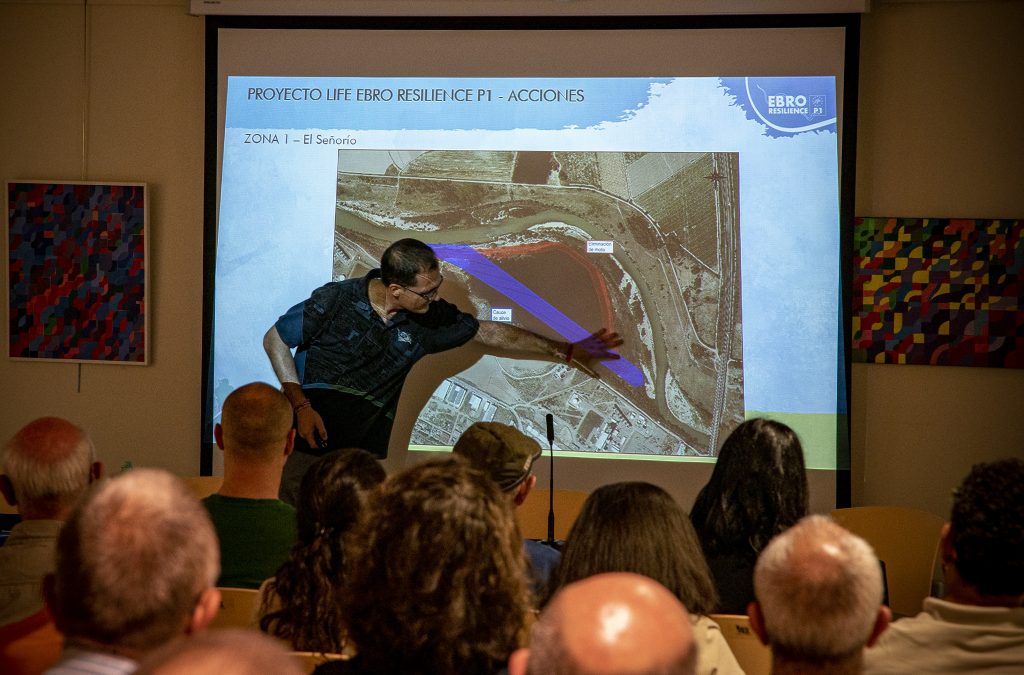
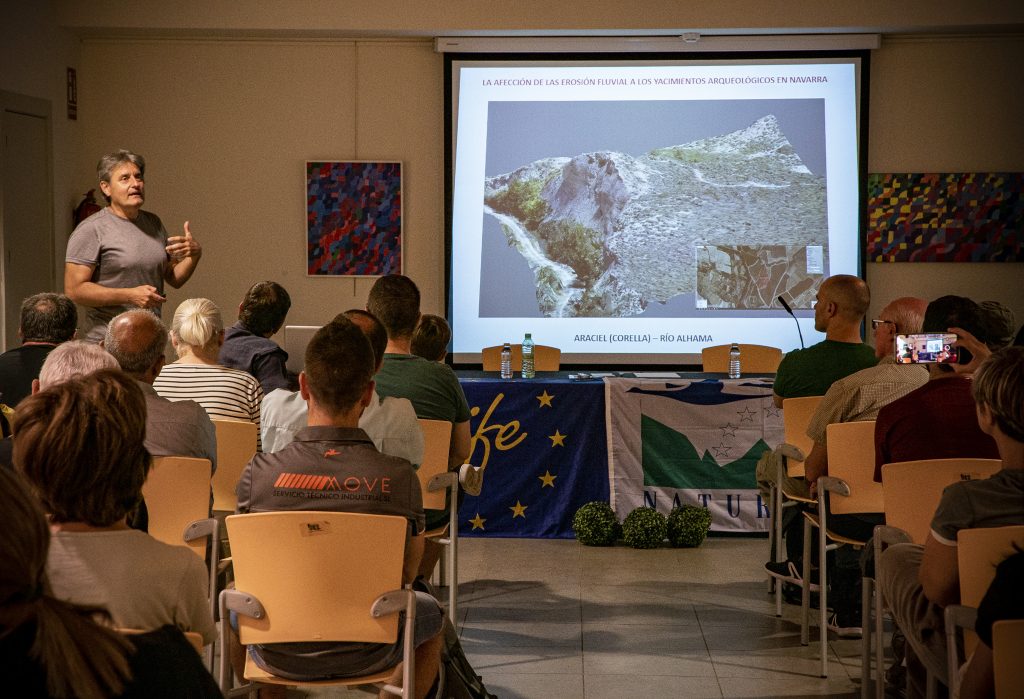
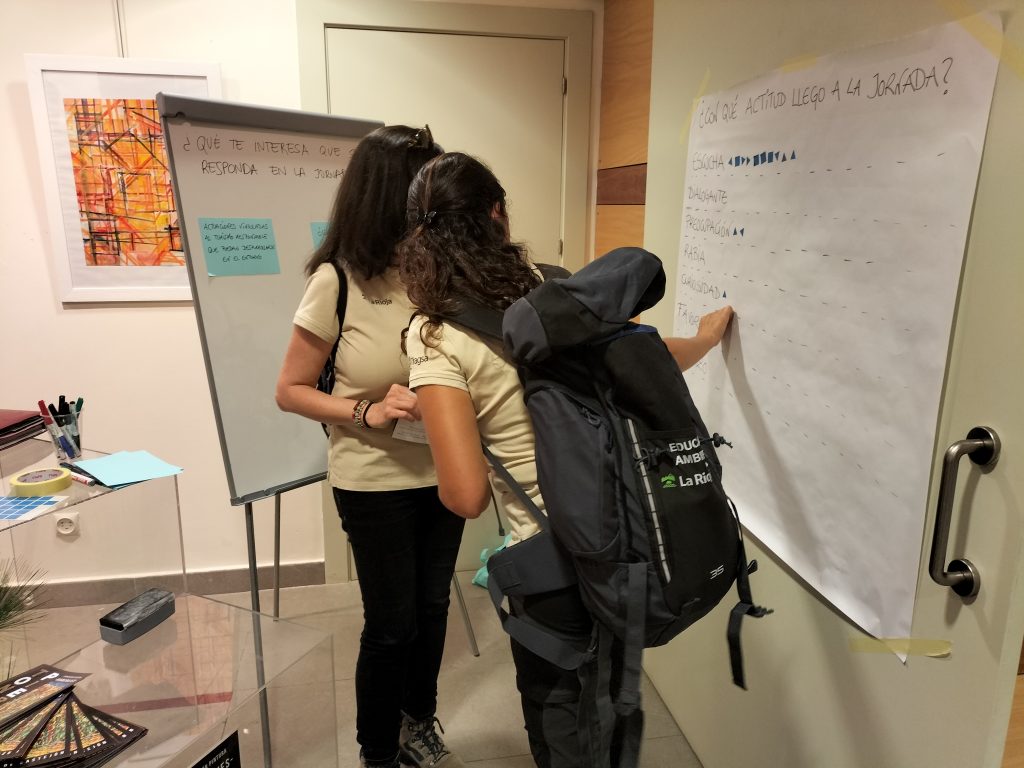
Visiting the meander of El Señorío
The last of these proposals was the informative visit in October to the future intervention area in this meander. During the visit, the areas where the river narrows were visited, the proposals were explained in the field, doubts were solved and impressions were gathered.
The activity had an important participation of all kinds of public that was encouraged to make a walking tour from the Museum of Castejón, to several observation points of the meander and the river.
The objectives of the El Señorío project are reduce the risk of flooding throughout the entire stretch; return the meander to its natural functions in terms of the recovery of river dynamics and the evacuation of flows in flood situations, and to prevent deterioration, protect and improving the state of ecosystems aquatic, terrestrial and wetlands.
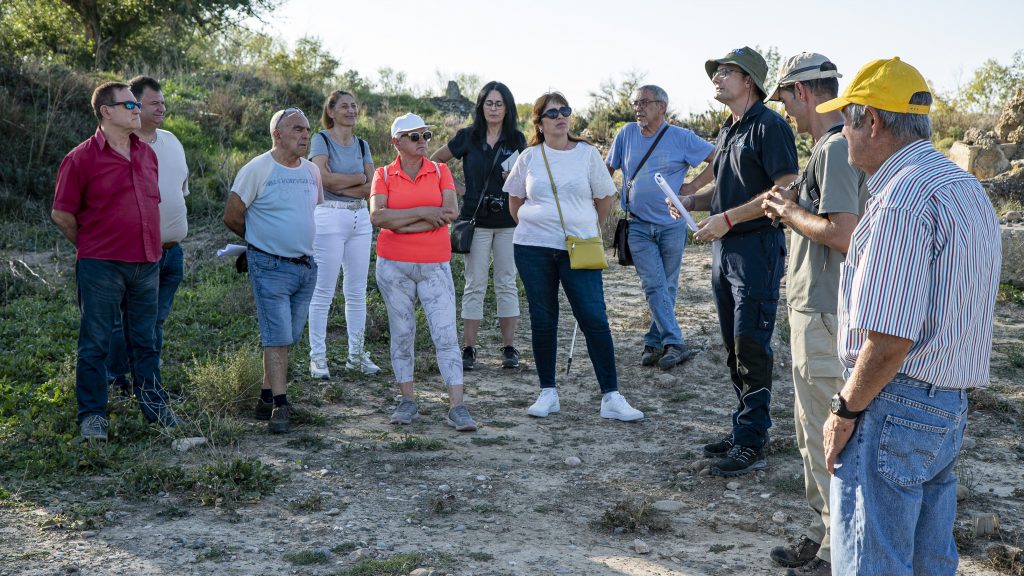
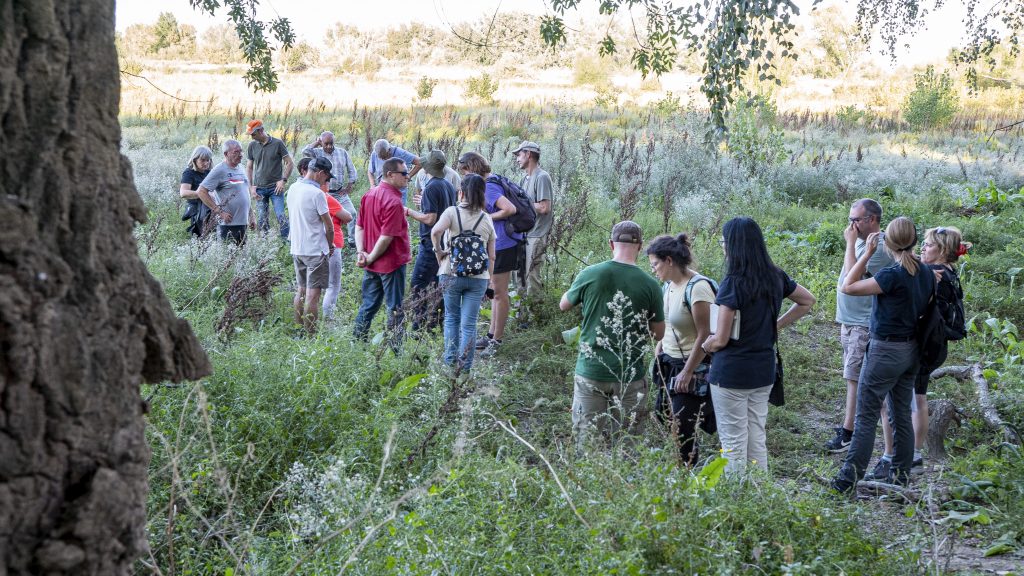
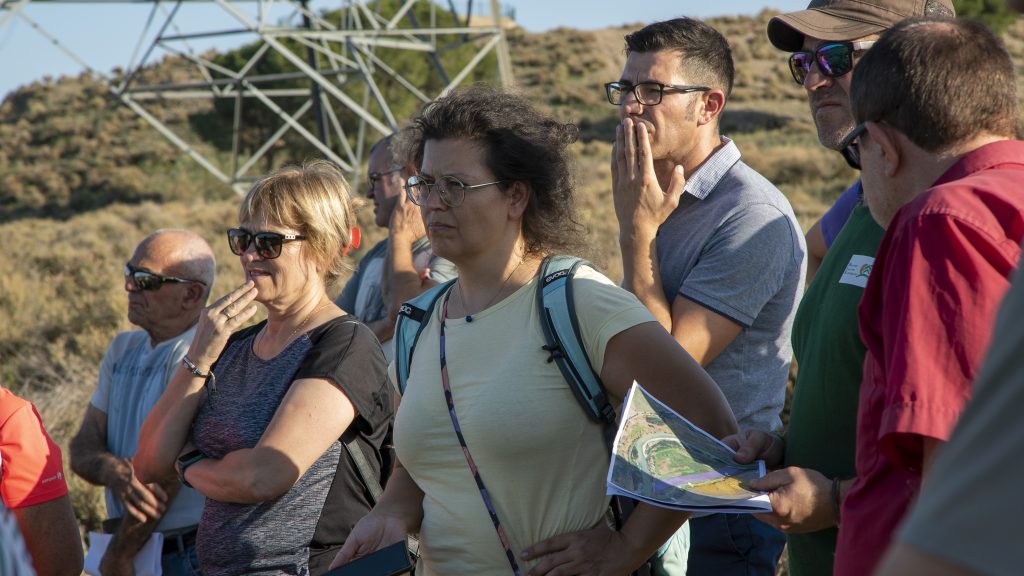
LIFE Project
The LIFE Ebro Resilience P1 Project (LIFE20 ENV/ES/00327), approved by the European Commission in the LIFE 2020 call, covers three autonomous communities (La Rioja, Navarra and Aragón), has a duration of 6 years and a total budget of 13,310,350 €, with 55% European funding.
This Project is also an example of institutional coordination and cooperation in the intervention section, being its partners the Ministry for Ecological Transition and Demographic Challenge (MITECO), through its companies TRAGSA and TRAGSATEC; Ebro Hydrographic Confederation; Government of La Rioja; Government of Navarra, through Gestión Ambiental de Navarra, S.A. (GAN-NIK); Government of Aragón and the Aragonese Water Institute.
